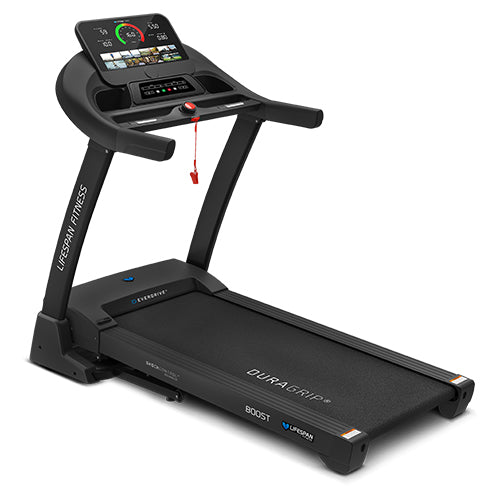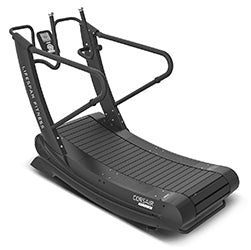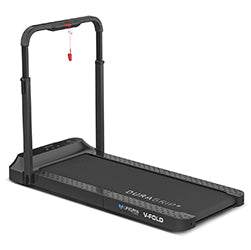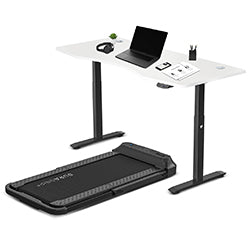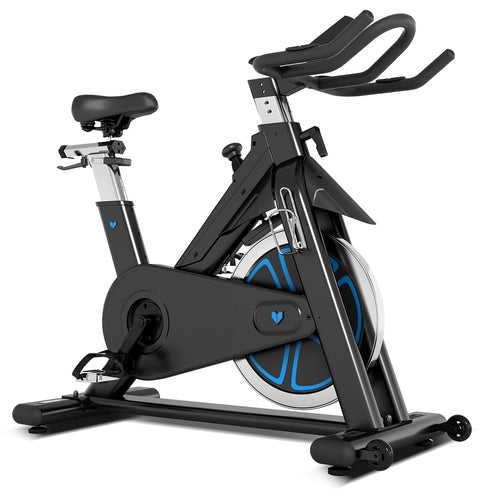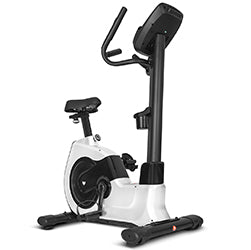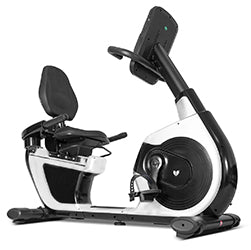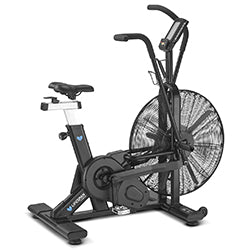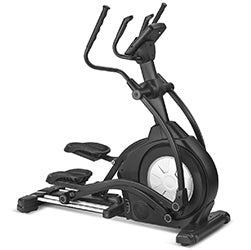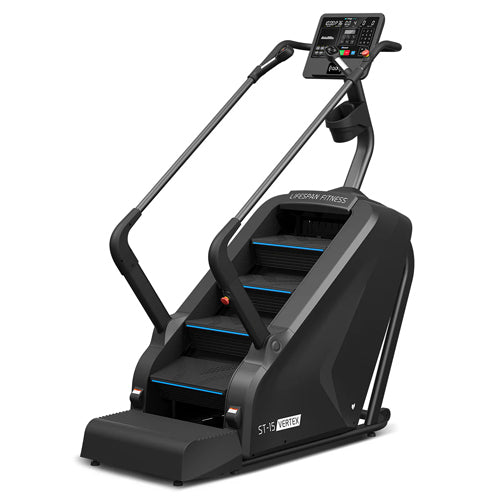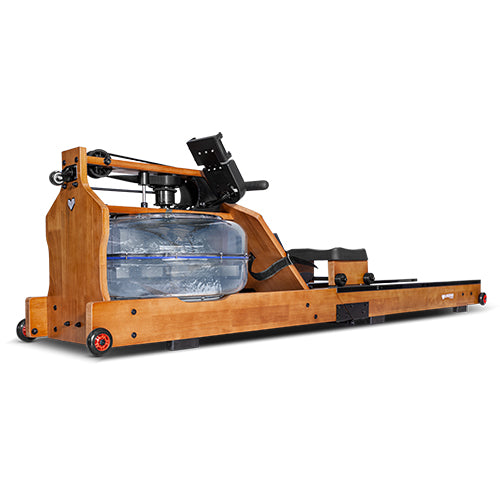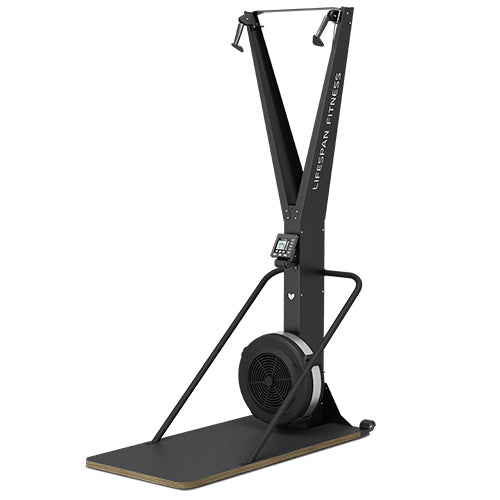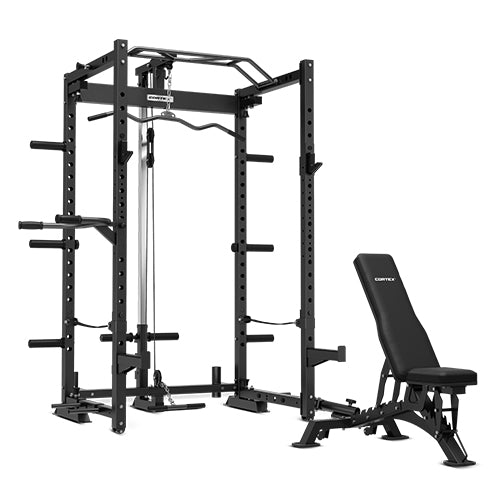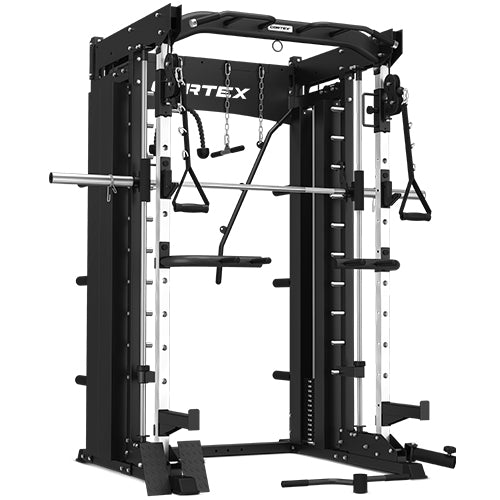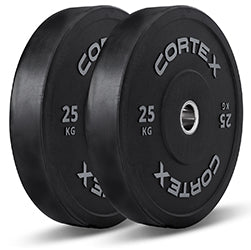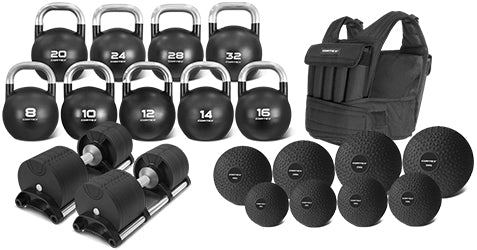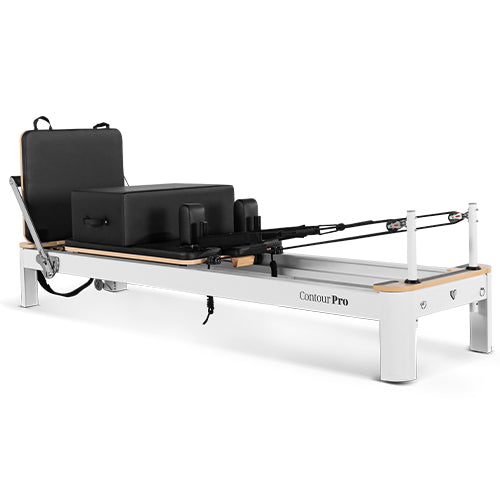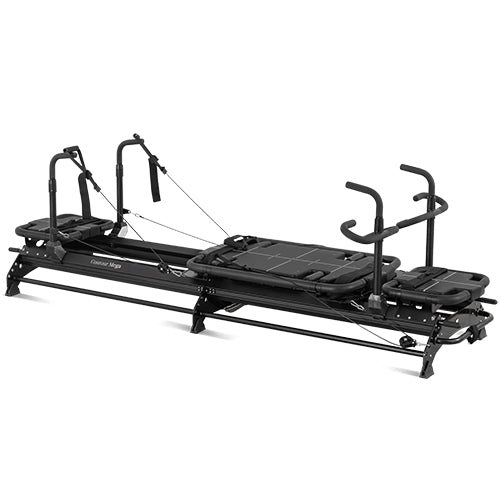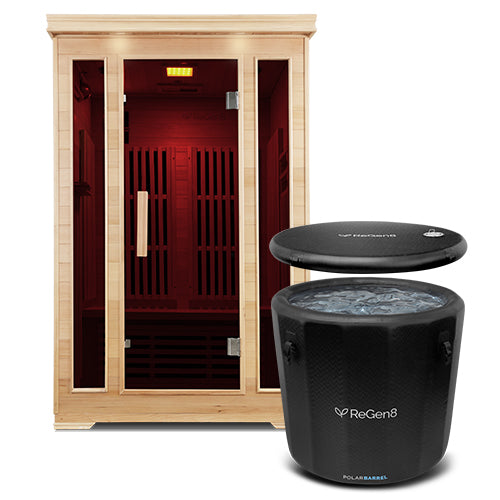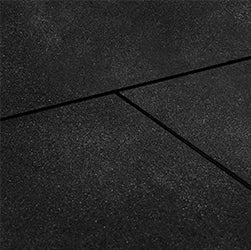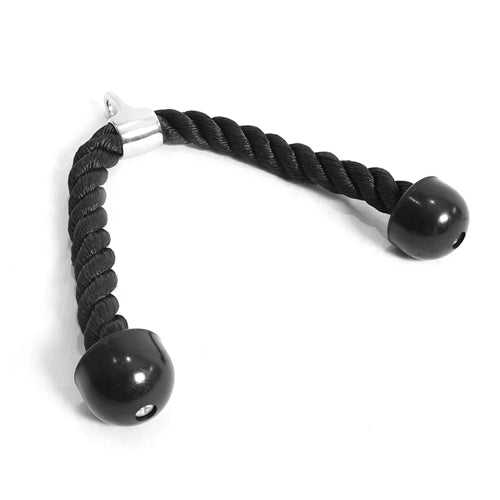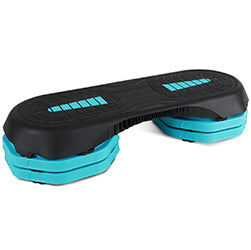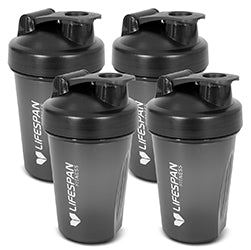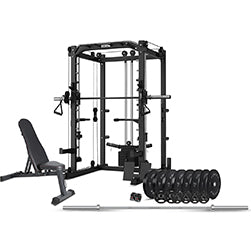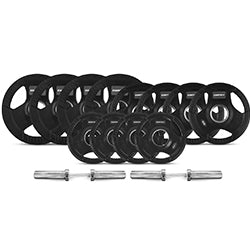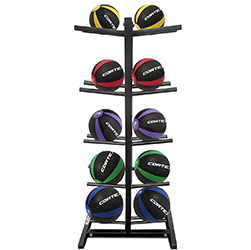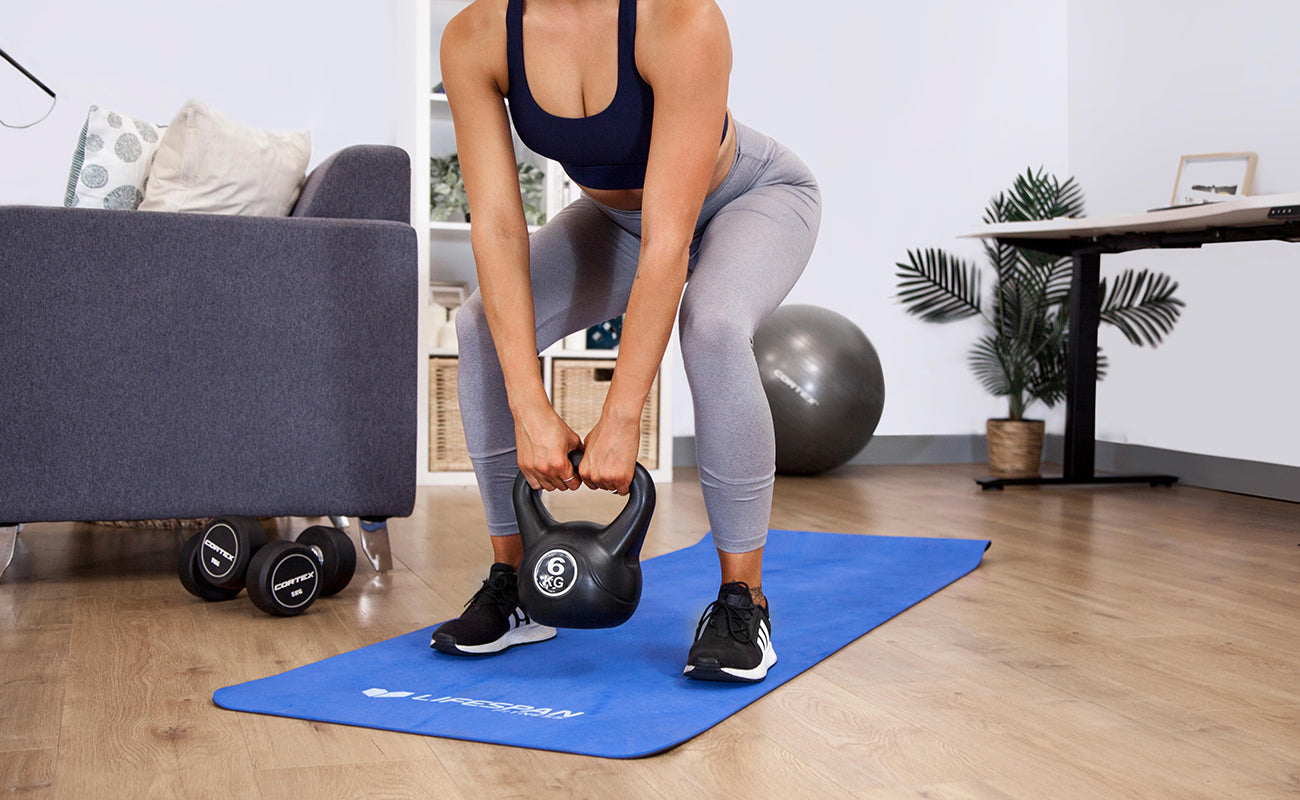

While it’s all well and good to get your weight reps in, what’s often ignored in a fitness routine is the time that should be taken in between sets. Rest time is an important factor in any exercise regime, ensuring that you’re giving your body the best chance to benefit from a routine.
However, it can be difficult to figure out the perfect amount of time for a particular set, especially when your main focus will most likely be on the exercise at hand. This is complicated by the fact that how much you should rest for will depend on what your goals are and what specific benefits you’re trying to achieve.
While resistance training is typically sought out for its ability to increase strength, many trainers will make use of it to focus on a variety of purposes. Resistance exercises help to achieve body composition goals, and can be harnessed to assist in calorie expenditure.

Probably the best way to utilise resistance training for weight loss is in the form of High Intensity Interval Training (HIIT), where you can incorporate weights in order to intensify your workout and max out your heart rate.
In order to achieve the biggest calorie burn, it’s good to keep your body moving continuously. This means minimising the rest time in between sets, so aiming for a rest period of about 30 seconds or less is a good starting point. Tabata is great form of HIIT for this purpose, involving clearly defined intervals of 20 seconds of high intensity exercise, followed by a 10 second rest. However, if you’re still beginner, it’s best to work your way up to something like Tabata. Even starting with 20 secs of work and 20 secs of rest is a good way to introduce your body to more intense interval training.

Alternatively, it’s still possible to lose weight with longer rest periods and more focused muscle growth. This will involve lifting heavier weights, and going for a rest period of around 1-2 minutes. Remember that when it comes to weight loss, it’s not just about what you do while you're training. It’s been shown that the body will continue to burn fat long after you’ve finished working out. This is called the ‘after-burn effect’ and is the result of the body continuing to break down stored fat and carbohydrates to restore muscle. How much of an ‘after-burn’ you experience will depend on the type of exercise and what muscles you're using. This is one of the reasons why weight training is so effective for fat loss, as it maximises the extent and duration of your after-burn, as the body works to restore the depleted muscles.
The great news is that over time, this effect will compound as your muscles increase in size through on-going resistance training. Larger muscles require more calories during rest in order to recover, with fat being the body’s preferred source of energy while resting.
For this reason, it will be most beneficial if you work large muscle groups, with whole-body compound workouts. You should be performing enough sets that you’re bringing your muscles to maximum fatigue, to the point where can’t comfortably perform another set. This will of course differ from person to person, so it’s important to get an understanding of your own body’s limits so you can find the optimal rest time and rep number.

All this means that you can actually achieve great weight loss results through both short rest periods and longer ones, depending on the exercise. Doing a combination of the two will be most effective for achieving the best results. To summarise, short rest periods of around 30 seconds are best for increasing your heart rate and doing cardio-focused workouts. These maximise your calorie burn and energy expenditure. Long rest periods of around 1-2 minutes, however, are better for focused muscle growth, which can assist in increasing the ‘after-burn’ effect and your body’s ability to break down stored fat and carbohydrates.
Remember that all of this hinges on being combined with a healthy diet and ensuring that your caloric intake doesn’t exceed your energy expenditure.
As with all exercise routines, remember to work your way up in intensity as you feel comfortable, and keep your goals realistic and achievable. Resistance training for weight loss will see the best benefits over the long term, so it’s important to stay vigilant and keep a regular routine.
There are also many different options for resistance exercises, including free weights, resistance bands, barbells and many more.
For a comprehensive guide on how to start lifting weights, click here.




